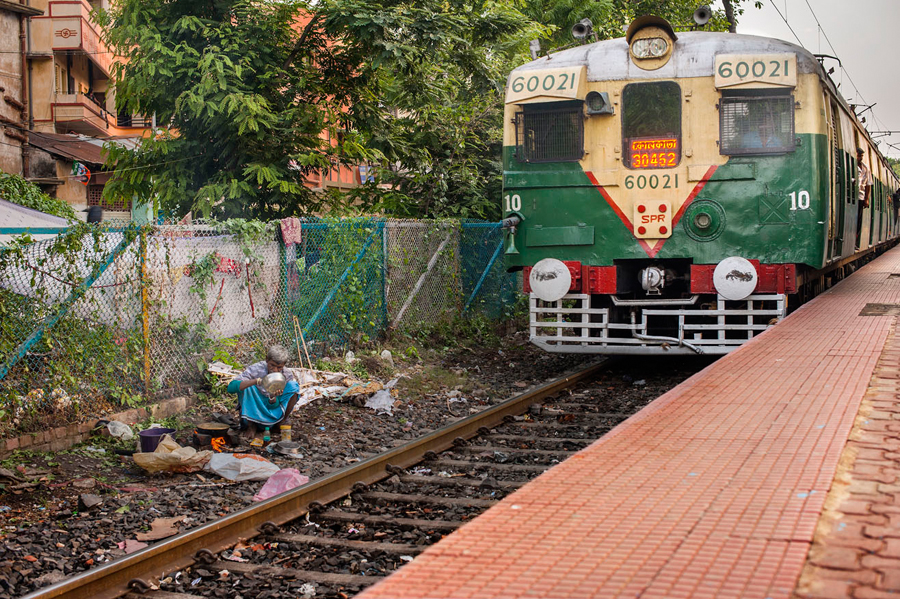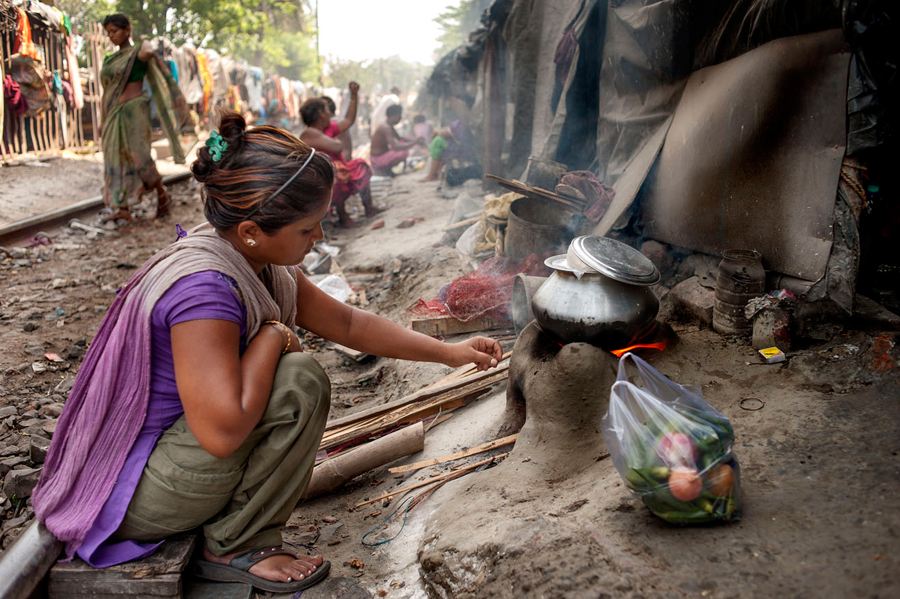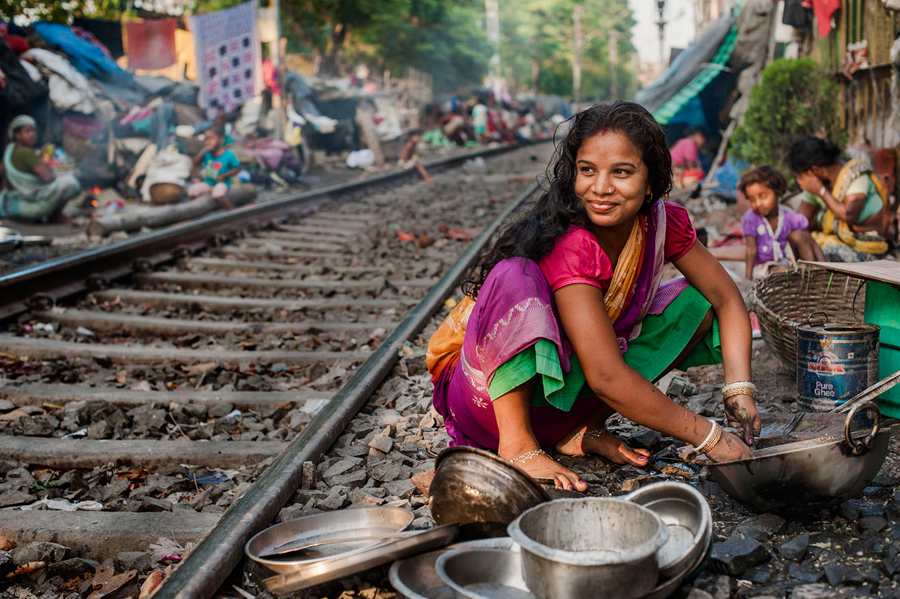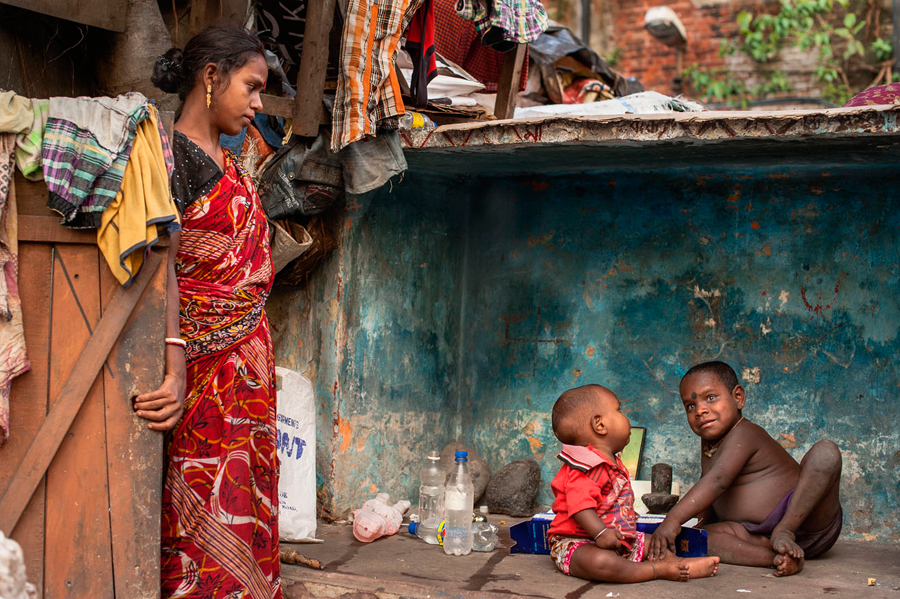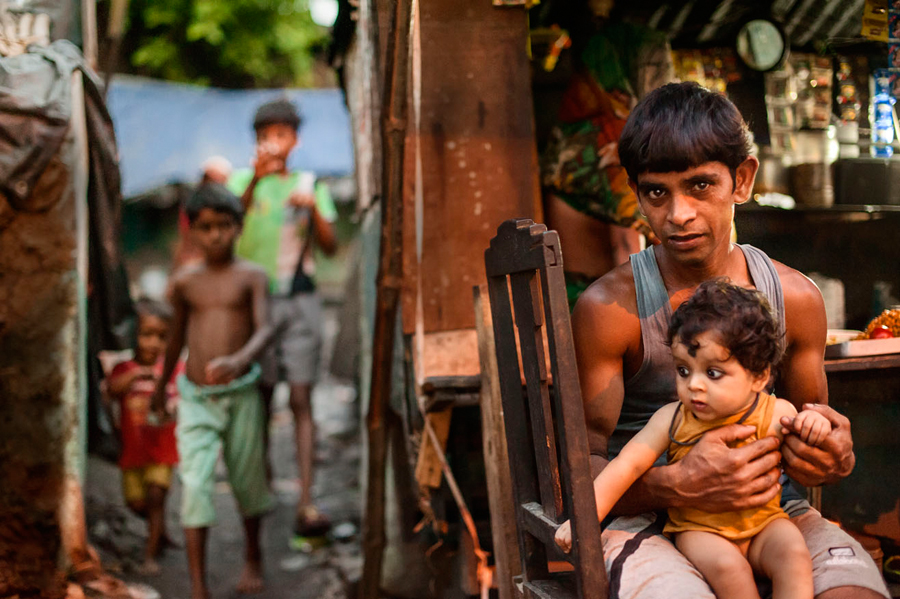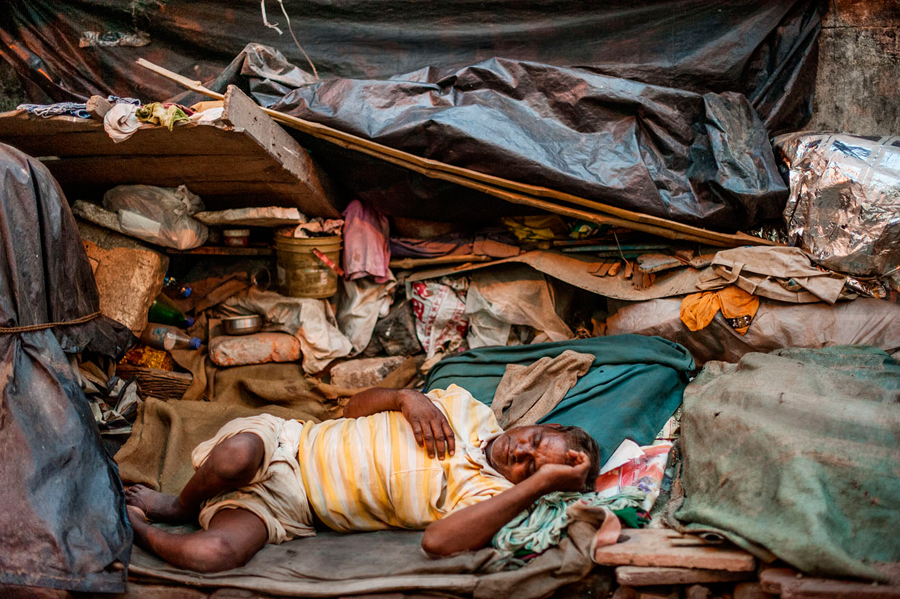Kolkata Railways People
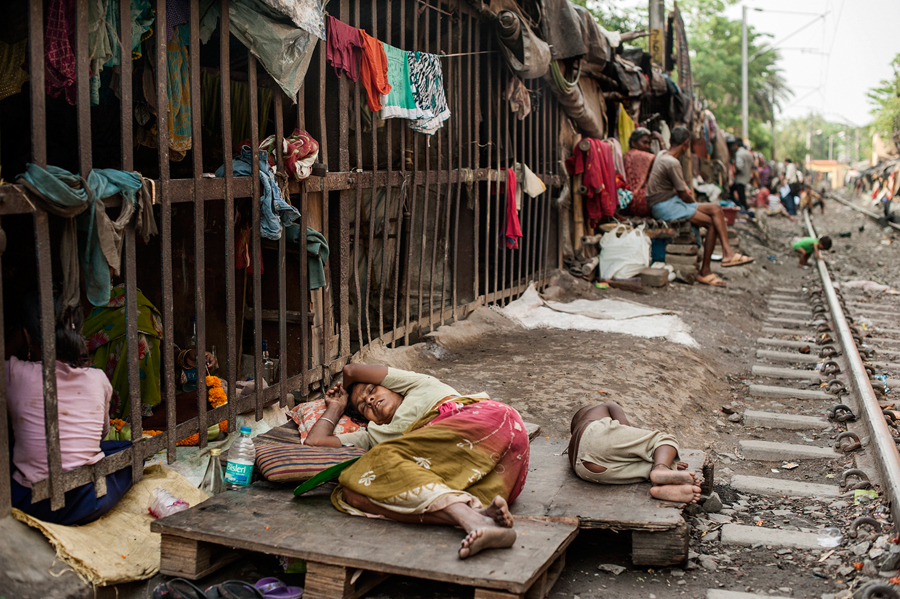
-
PhotographerRoberto Nistri
-
Agency / Studiowww.robertonistri.com
-
PrizesBronze in People/Life Style
Kolkata, also known as the Calcutta of the British Empire, is the capital of arts and culture for the Indians, but in the collective western imagination, the city remains the symbol of global poverty. Nearly two million people, of the five million who live in it, live in slums or along its incendiary sidewalks. Railway stations, and in particular the crumbling tracks crossing the city are no man's land, and it is there that, below the threshold of absolute poverty, tens of thousands of people are living in inhumane conditions. Among the 21 platforms of the great Hawrah Station, along its sidewalks, hundreds of children spend their lives, sometimes in the company of their parents, and most often in perfect solitude and despair, selecting and collecting garbage or begging. In the vicinity of Nimtala Ghat, on the banks of the Ganges, where the bodies of the dead are cremated, thousands of people have built their homes along the tracks that run along the border of the Red Light District of the city. Theirs is a life marked by misery, by absolute precariousness and continuous changes of trains. Measuring their lives among miserable shacks and dilapidated shops, literally every 15-20 minutes, they are in a constant source of danger, psychological stress and environmental contamination. The railway people of Kolkata are the perfect paradigm of survival on the margins of a capitalist society, which seems to have become a constant dramatic trend in developing countries as well as those countries in the process of social disintegration.
An International Photography Awards Winner is a graduated in Biological Sciences. Wildlife photographer, after extending his professional prospects to travel photography,reportage and portrait. His photos have been published around the world, on magazines and books. In his many travels he has focused on the documentation of ethnic groups and peoples who are threatened by particular political and social conditions, in recent years in Ethiopia, Albania, India, Bosnia, Ireland and Lebanon.
